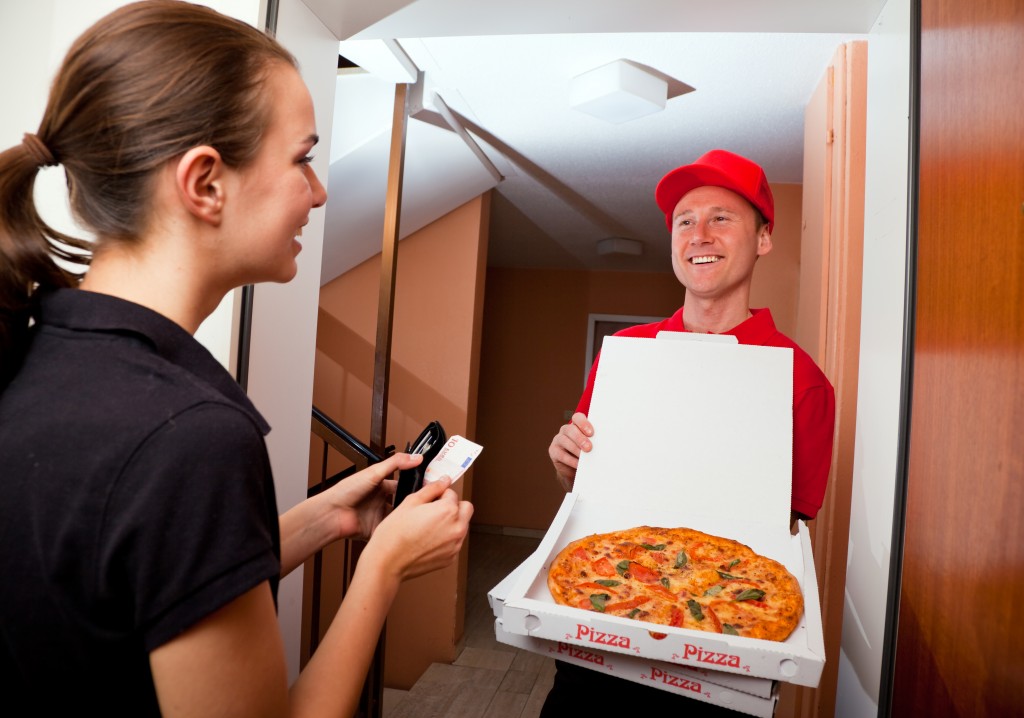The food delivery industry has seen explosive growth in recent years, fueled by rising incomes and increased smartphone usage. People love to eat good food, but many just can’t be bothered to get out and go to a restaurant. Now, they can order whatever they want with an Internet connection and a few taps on their smartphone.
With lockdown measures in place, restaurant foot traffic has all but dried up. In response, more restaurants are now entering the food delivery arena. They have to add a new link to their supply chain: customer delivery and reverse logistics.
Food delivery services work by collecting orders from customers, sending that order to the restaurant, picking up the complete order, and delivering it to the customer. Most restaurants don’t have the resources or expertise to maintain their delivery operations, which is why they partner with a third-party logistics service. Restaurants get to focus on cooking and preparing food, and the logistics partner delivers the order for them.
Choose a partner with an app
Partnering with a food delivery service allows you to reach a more extensive customer base without the costs involved in starting and maintaining a fleet of delivery vehicles. But not all delivery services are the same. When choosing a partner, make sure that they have an online app presence.
Some delivery services only rely on texts, calls, and social media for collecting orders. While it might for some, if you truly want to maximize your partnership, you need a presence on the Internet. Manual order collection is cumbersome and inefficient. With an app, you can receive the orders on your end instantaneously.
Getting your restaurant listed on an app makes it easier for customers to look through your menu and order what they want. It also makes your brand look more professional. Customers can also track their orders in real-time, which helps to manage their expectations and minimizes complaints.
Some food delivery apps also allow customers to look at their order history. If they loved their food, reordering from your restaurant will be a breeze.
 Know your limits
Know your limits
You have to know what your restaurant can and cannot do. Let’s say that you partnered with a food delivery service, and your restaurant is on their app. Orders are coming in at a brisk rate. But if your kitchen cannot keep up with the volume of food orders you’re receiving, you run the risk of damaging your relationship with the delivery partner. You will also have to contend with angry customers.
Another aspect you should consider is the scope of your capability. Do you want to deliver to the entire city, or do you want to limit your reach to your immediate neighborhood? What if you get a customer with a large bulk order? How will that affect your other customers? These are just some of the questions you need to answer when determining what your kitchen can and cannot do.
If you haven’t partnered with a food logistics service, this article will help you choose the best partner for your restaurant business. Food delivery allows your business to survive in these uncertain times with minimum cost and overhead. Transitioning from a full-service restaurant to a delivery service might be difficult at first, but it’s the only way you’ll be able to get your food to people.

